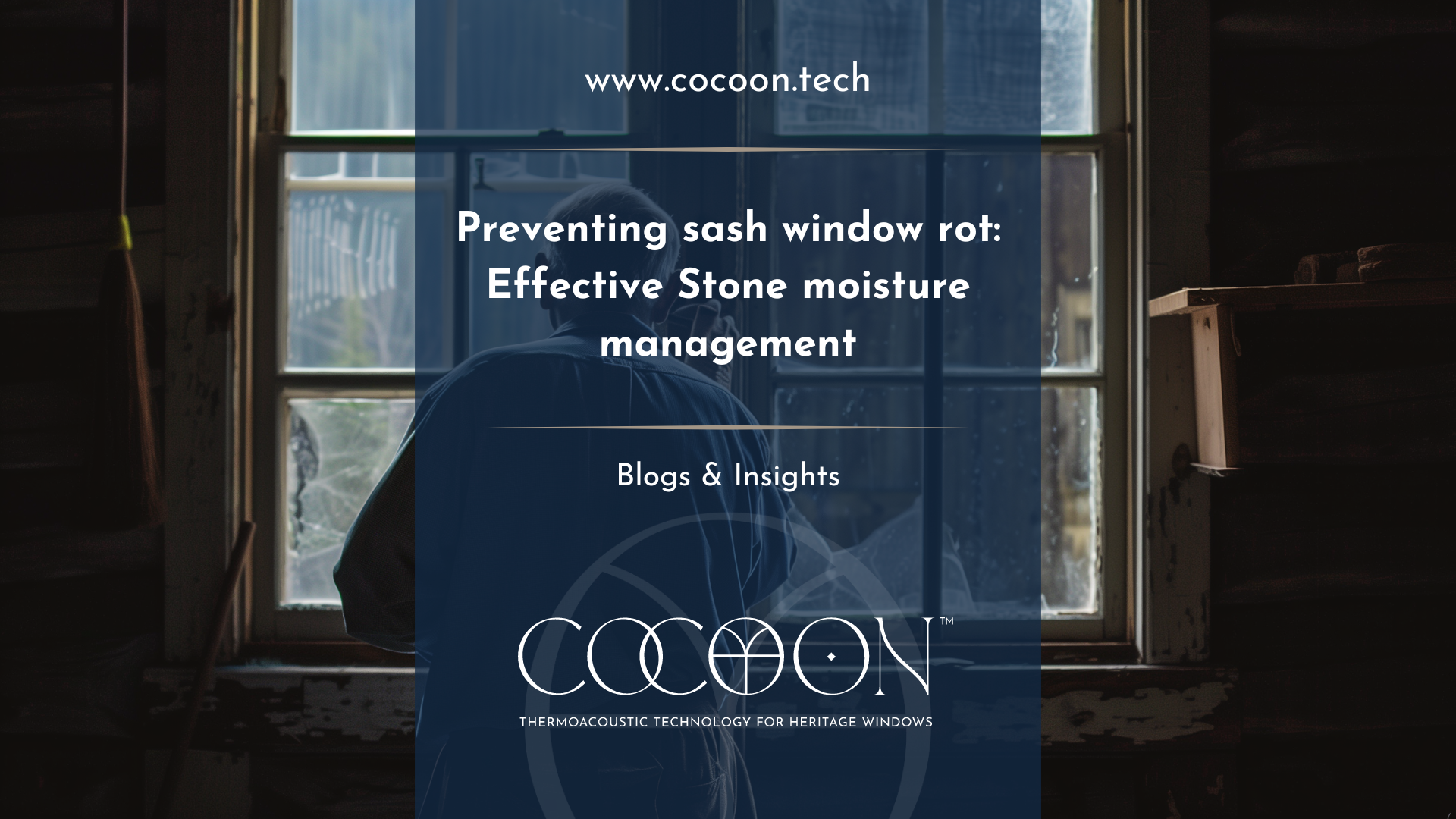10 Things you can do to Reduce Condensation | Glaze & Save
Condensation can be a real hassle, especially for those
living in traditional buildings where air flow can become a problem. Condensation is moisture that forms on cold
surfaces and where there is not much air movement. It shows up as damp walls,
water streaming down windows and, in some cases, a musty smell. Dealing with it
should be a priority, as condensation can cause rotten window frames and
peeling wallpaper. You might also see patches of black mould near windows, in
the corners of rooms, in or behind wardrobes: even on bedding and furniture. It
often forms on cold or north facing walls which get less sun, and tends to be worse
in winter.
We have written about condensation here and our successes in curing condensation in an Edinburgh listed flat , but what can you do to begin to tackle condensation today? Luckily we have nine tips for you to tackle the wet stuff, and set you on the path to a drier, warmer and healthier home.
1. Dry clothes outdoors
Not everyone is lucky enough to have a garden, but if you possibly can, dry your laundry outside. The moisture that comes from wet clothes needs to go somewhere, and over time this can accumulate on cold spots, creating damp patches or watery windows. If you cant dry your clothes outside, leave a window open, or use a dehumidifier.
2. Keep lids on pots and pans when cooking
This is something that many of us are guilty of, but leaving your pots and pans lidless while you cook not only wastes energy, it also contributes to condensation. Just like your wet clothes, the moisture from cooking needs to go somewhere! Keep the lids on your pots and pans when cooking and not only will you saving yourself some money on your energy bills, you’ll reduce the risk of condensation.
3. Close bathroom and kitchen doors when boiling kettles, taking showers, etc
Where moisture is inevitable, it’s important to trap it in a controlled manner. Boiling the kettle, or taking a bath or shower all create moisture that we can’t quite so easily put a lid on. So, wherever possible in these situations close the kitchen or bathroom door to contain the moisture and make it easier to deal with, rather than allowing it to travel throughout your home.
4. Use your extractor fans
It’s an easily forgotten bathroom or kitchen feature, but using extractor fans is key to wicking away the moisture create in situations like showering or boiling the kettle. This is particularly so where the room doesn’t have a window or any other means of ventilation.
5. Make sure furniture is at least 50mm away from walls to ensure air flow
Condensation occurs when moisture in the air finds a cold spot in a room. This is normally the windows, particularly single glazed windows; however, you can inadvertently create cold spots and stifle air flow by having your furniture pushed up again the walls. This stops air from being able to move freely, as well as creating cold areas behind pieces of furniture, making it the perfect place for condensation and subsequent mould. Ensure your furniture is at least 50mm from the walls to ensure the air flows freely around the room.
6. Use a dehumidifier
For properties housing large families, multiple pets, or simply hard to treat cold spots throughout the property, using a dehumidifier can take the moisture out of the air, leading to a drier home that is easier to heat. We often give dehumidifiers on loan to our customers who are shocked at the amount of moisture that comes from the air!
7. Ventilate your home
Using a dehumidifier is a great quick fix solution but it is no substitute for ensuring that your home has adequate ventilation. For those living in traditional buildings, ventilation was supposed to occur naturally through the building fabric and through chimneys. However with many chimneys being blocked for draught proofing and the wetter weather impacting on the breathability of traditional building materials, it may not be enough. That’s why it is worth investing in mechanical ventilation, particularly if you living in a large traditional home that is hard to treat and has multiple cold spots. Opening the windows will do in a pinch for smaller properties but it is not a long term solution!
8. Ensure your home is a stable temperature
A cold spot is air moisture’s best friend, and for that reason you need to eradicate them. Moisture is drawn to cold spots, which is why your windows are so often the place where condensation gathers: they're often the coldest spots in the house! Invest in temperature stabilizing secondary glazing, insulation, or for quicker fix solutions look to thermal wallpaper and paint additive to tackle your home’s cold spots.
9. Air Out Cupboards and Wardrobes
Airing out cupboards and
wardrobes ensures that stale, moist air is regularly removed. For extra
efficiency, dont overfill your wardrobes, as this will although the air
to flow more freely.
10. Invest in secondary glazing to stop windows from being a cold spot
As we already mentioned, oftentimes in traditional buildings, the windows can be the coldest spot. This is especially true where the original single glazed windows are still intact. With an average U-Value of 5.5, a single glazed window is freezing! It’s no wonder that so many are streaky with water. Using InvisiTherm™ bespoke magnetic secondary glazing eradicates condensation by elevating the window area to a U-Value of 1.7: similar to your walls and on par with double glazing. This improvement in U-Value stops your windows from being quite so cold, making them an unattractive resting place for condensation.
Unlike other secondary or double glazing options, Glaze & Save InvisiTherm ™ can actually eradicate condensation from your windows. Call now on 01738 562068 to arrange your free no obligation survey, or email info@glazeandsave.co.uk for more information.




















